Reigniting Education: The Transformative Power of Digital Classrooms
In an era where technology pervades every aspect of life, education stands at the precipice of a revolution. The traditional classroom model, with its rows of desks and chalk-stained blackboards, is slowly giving way to a digital renaissance that promises to transform how students learn, educators teach, and how knowledge is shared and absorbed. This transformation is not just a fleeting trend but a necessary evolution, as the COVID-19 pandemic demonstrated the urgent need for flexible and resilient educational systems.
The concept of digital classrooms is not a new one, having incrementally made its way into the educational landscape over the past couple of decades. However, the recent global health crisis laid bare the stark reality that our education systems were ill-prepared for a sudden shift to remote learning. When schools shuttered, educators and students were thrust into the deep end of online education technologies, with varying degrees of success and preparedness.
The fallout was significant: disruption to learning, exacerbated educational inequalities, strains on mental health, and the daunting challenge of keeping students engaged through screens. Yet, amidst the chaos, there were gleaming success stories and important lessons learned. Educational institutions that had integrated technology into their pedagogical strategies were able to adapt more swiftly and effectively, indicating a clear pathway for the future of education.
In dissecting the anatomy of a digital classroom, its most conspicuous component is the technology itself—laptops, tablets, interactive whiteboards, and specialized educational software. However, the less tangible aspects are where its true transformative power lies. Customizable learning experiences, real-time feedback, global collaboration opportunities, and the democratization of education are among the many advantages of harnessing digital platforms for learning.
One of the most profound shifts ushered in by digital classrooms is the move towards personalized education. Intelligent tutoring systems and adaptive learning software cater to the individual needs of students, analyzing performance and offering tailored support. No longer confined to a one-size-fits-all curriculum, students can progress at their own pace, deepening their understanding of material before moving forward.
The role of the teacher is also undergoing transformation. Educators are moving away from the traditional lecturing role towards becoming facilitators and coaches. Armed with data-driven insights, they can identify students who are struggling and those who are excelling, providing appropriate interventions and challenges. This not only supports a more nuanced approach to instruction but also frees up time for educators to engage with students on a more meaningful, one-on-one basis.
Further augmenting the dynamics of the digital classroom is the introduction of gamified learning. By incorporating elements of game design into the curriculum, educators can make learning more engaging and interactive. Leaderboards, virtual currencies, and badge systems are some of the gamified elements that motivate students, often converting abstract concepts into concrete, relatable challenges.
Despite the apparent benefits of digital education, the transition is not without its challenges. The current digital divide means unequal access to the necessary technology and internet connectivity, a problem that disproportionately affects students from lower socioeconomic backgrounds. Moreover, a heavy reliance on screen time has raised concerns about the consequences for student health and social skills.
As the world edges towards embracing digital classrooms, it becomes increasingly important to address these issues head-on, ensuring that the digital divide is bridicked and that holistic development is not sacrificed for technological convenience. Skeptics rightfully question whether screen interfaces can ever truly replace the human touch critical in nurturing young minds.
Continuing the journey into the horizon of digital classrooms requires a careful blend of innovation with sensitivity to individual needs and societal values. In the following sections, we will delve into the stories of schools that have successfully integrated digital technology, the strategies they employed, and the impact it has had on their students and educators. We will also explore the role of policymakers, parents, and the wider community in supporting a balanced and equitable advancement into the educational future promised by digital classrooms.Continuing the exploration into the spectrum of digital classrooms, it becomes clear that success stories have the power to illuminate the path forward and offer valuable insights into best practices. Take, for example, the Highland Tech High School, nestled in a digitally-progressive urban center, which has become a beacon of technological integration in education. Here, students from diverse backgrounds converge on a platform of equality, each provided with a tablet on enrollment, ensuring no one is left behind due to lack of resources.
Highland Tech's classrooms are almost futuristic: lessons are dynamic, often project-based and rooted in real-world issues. Students collaborate with international peers via video conferencing, tackling complex global challenges. These digital tools break down geographical barriers, fostering a sense of global citizenship and empathy that transcends the conventional curriculum. The school's approach has seen a surge in student engagement and, importantly, a closing of the achievement gap that often plagues more traditional educational settings.
Yet, the school's success is not solely attributed to its hardware and software investments but to its comprehensive approach to training educators in these digital tools. Professional development at Highland Tech is ongoing, ensuring that teachers advance in tandem with technological evolution. Furthermore, the school encourages a feedback-rich environment, where students' experiences and suggestions help to constantly refine digital strategies.
Beyond the confines of individual schools, the larger framework of policy and infrastructure is key to the widespread adoption of digital classrooms. Through a combination of public and private efforts, regions like Scandinavia have made significant strides in creating digitally inclusive educational environments. Notably, governments have played their part through investments in high-speed internet access for schools and libraries, as well as subsidizing personal devices for students in need.
However, such endeavors bring to light the multifaceted challenges that still need to be addressed. Questions of data privacy, screen time, and the psychosocial effects of online learning need careful consideration. It is also essential to maintain a balance between embracing digital tools and recognizing the value of traditional, hands-on learning experiences.
To tackle these challenges, educational institutions are piloting blended learning models. These models recognize that while digital classrooms offer innovative avenues for knowledge acquisition, the tactile experience of a science experiment or the social skills honed during a lively classroom discussion remain irreplaceable. Highland Tech, for instance, seamlessly integrates digital tools into conventional pedagogy, ensuring that technology is a means to an end, not an end in itself.
Moving forward, it is clear that a collaborative effort between educators, policymakers, parents, tech developers, and students is crucial. Parent-teacher associations, youth forums, and educational councils must work to navigate the fine line between digital integration and overreliance. Regular digital detoxes and emphasis on outdoor play and traditional arts are amongst strategies to keep the holistic development of students in check.
Highland Tech stands as a case study, but their strategies can be applied universally with modifications to suit local contexts. Therein lies another benefit of digital classrooms: the ability to share best practices across the globe swiftly and to adapt them to meet various educational needs and cultural sensitivities.
In conclusion, digital classrooms represent not just a shift in how we equip our classrooms or present our lessons, but a complete overhaul of the very philosophy that underpins education. It is a move towards inclusivity, access, and personalized learning experiences that prepare students for a world vastly different from the one known to previous generations. As we continue to navigate the complex landscape of education in the digital age, it is imperative that we maintain a discourse that is both progressive and cautious, ensuring the path we chart is accessible, equitable, and sustainable for all learners. Through shared knowledge, collective wisdom, and a dedication to every student's future, the potential for digital classrooms to redefine education stands within our grasp.
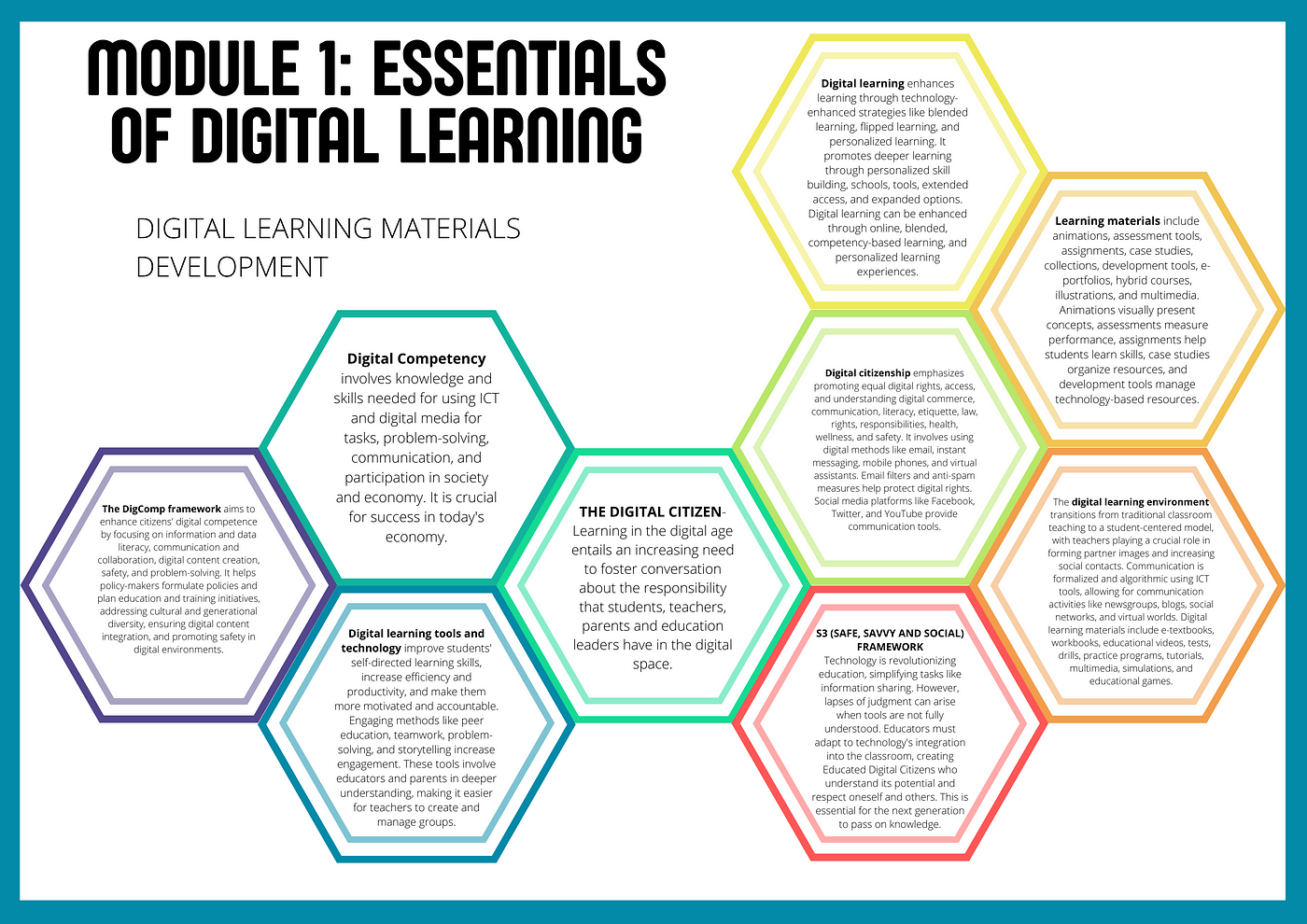

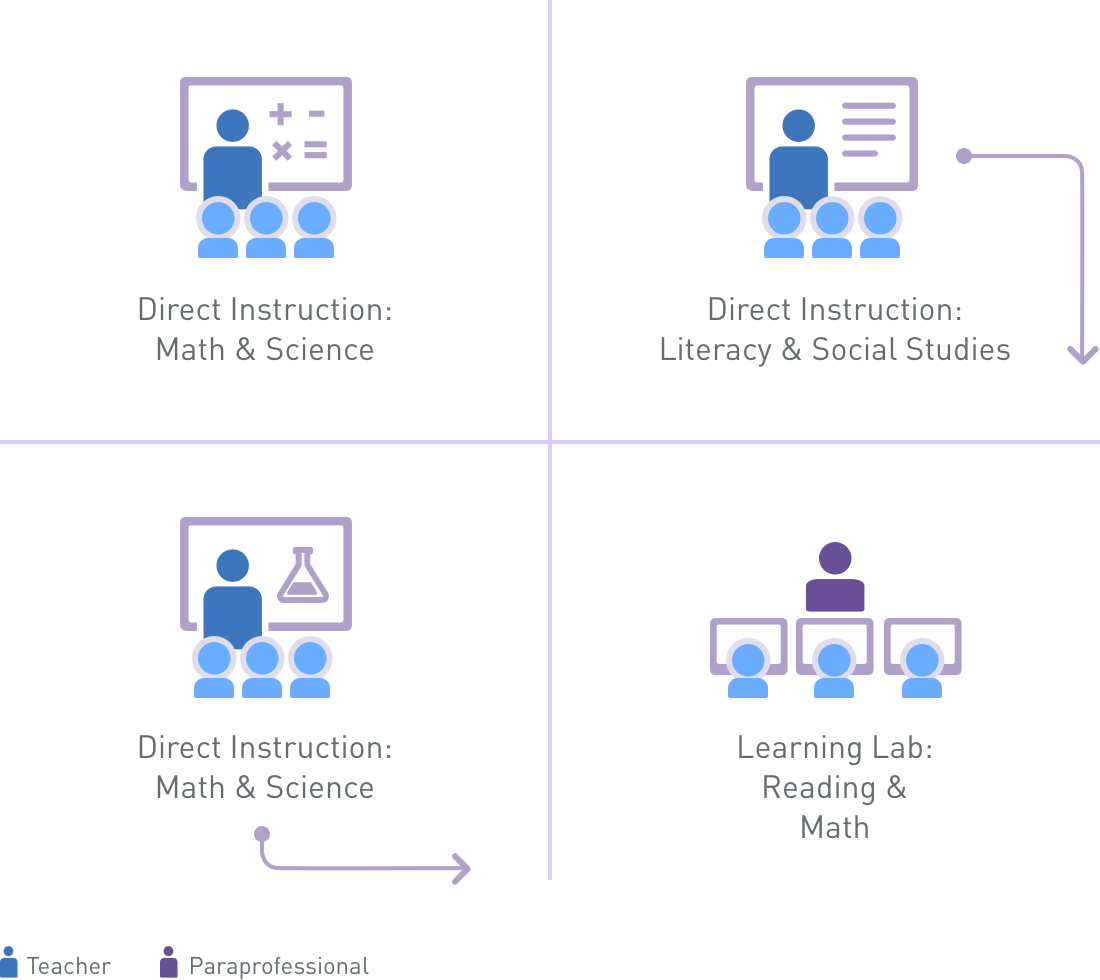

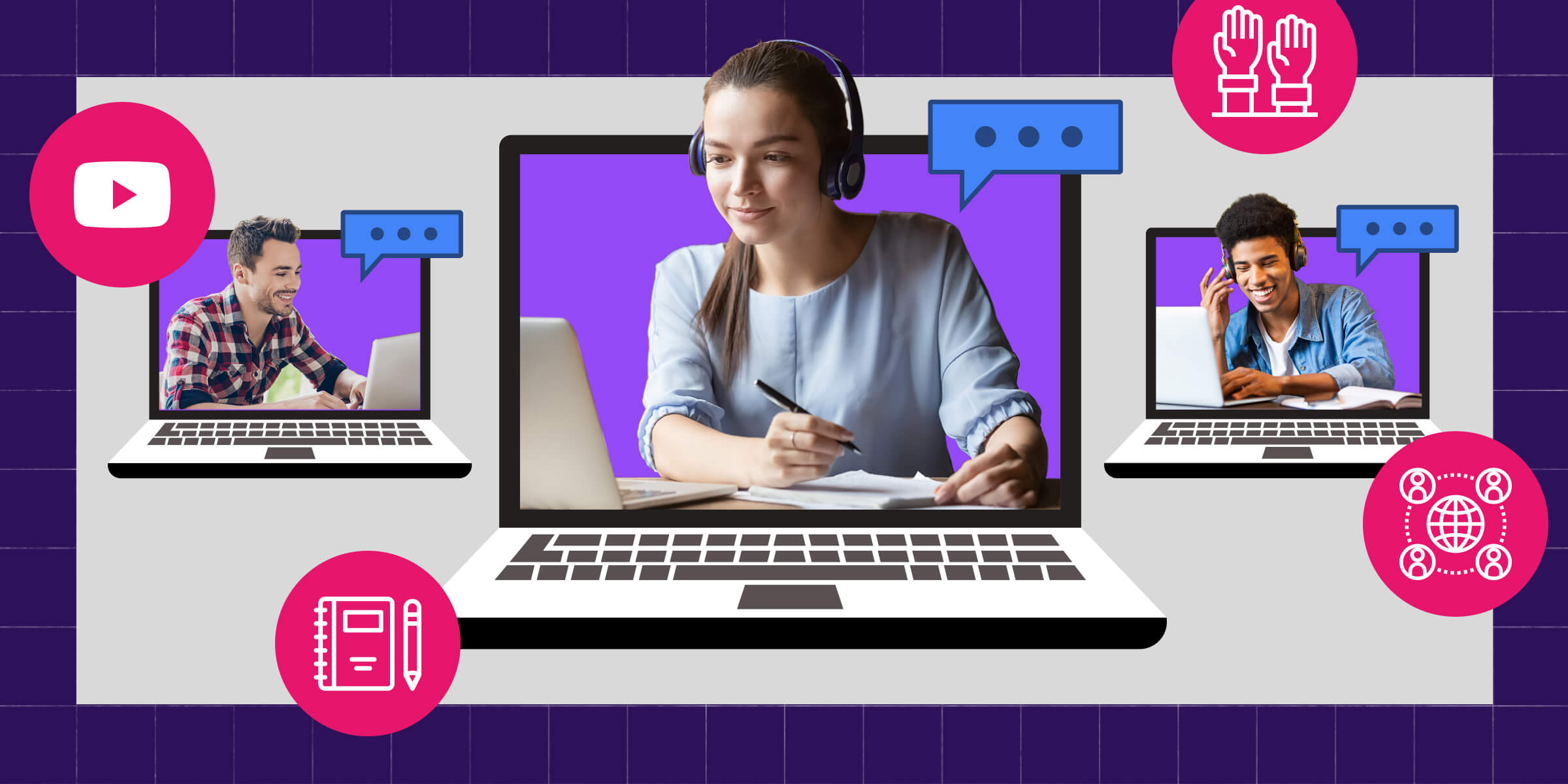

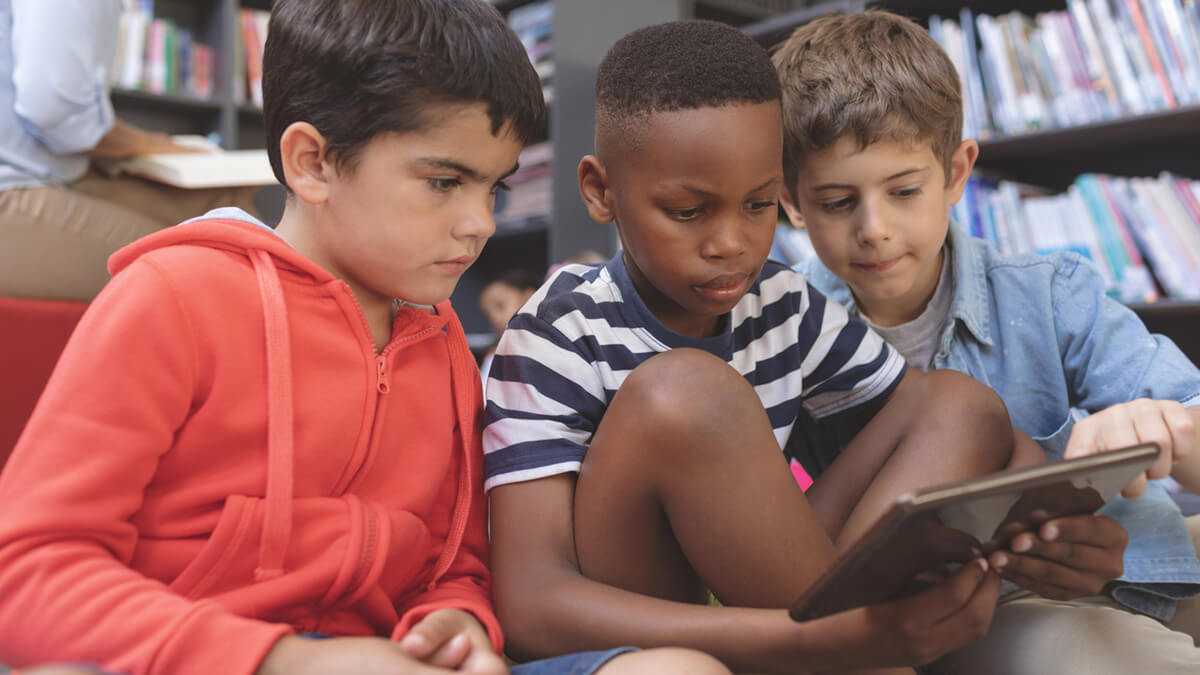
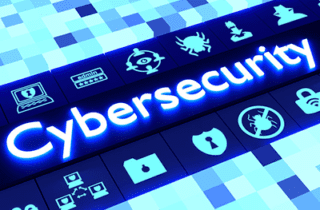
Comments